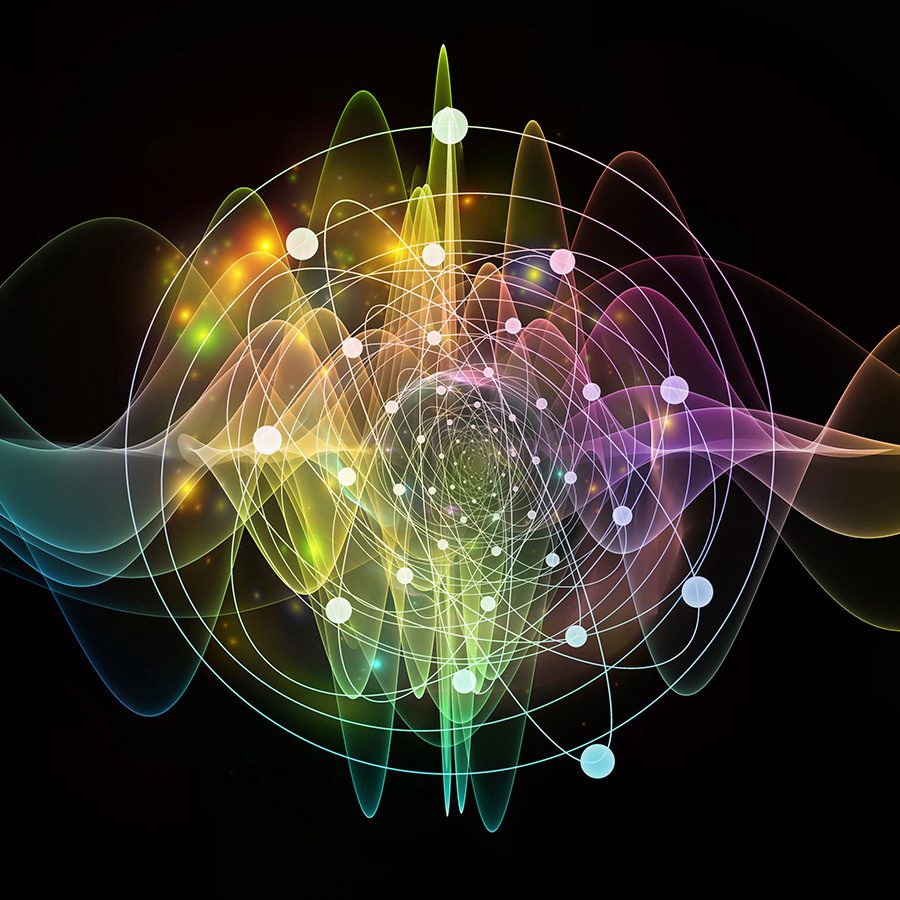The neutrino(sterile), a new particle that has not yet been confirmed, or the requirement for a modern interpretation of a feature of the physics standard model, like the cross-section of neutrino, which was first analyzed around sixty years ago, are both indicated by recent scientific findings that support an anomaly observed in earlier experiments. The BEST experiment (Baksan Experiment on Sterile Transitions) is being led by Los Alamos National Laboratory in the United States, and its findings have just been posted in the journals Physical Review Letters and Physical Review C.
Steve Elliott, an analyst on teams for analysis and a part of Los Alamos’ Physics Division said that the results are extremely exciting. This confirms what we’ve already seen in past experiments. What all this means for sterile neutralinos is unclear. Inwood Kim and Ralph Massarczyk, are some part of the Los Alamos Team.
26 radioactive discs of Cr 51(chromium) are used by BEST, which is an artificial radioisotope of Cr and the electron neutrinos of a 3.4 megacurie source, to irradiate the outer and inner gallium tank, a smooth, shimmering metal that is used in experiments conducted, though earlier in a one-tank setup, more than a mile underground in the Baksan Neutrino Observatory in Russia’s the Caucasus Mountains. The isotope germanium 71 is created when the electron neutrinos of Cr 51 and gallium interact.
The theoretically predicted production rate for germanium 71 was 20% – 24% less than what was measured. This discrepancy corresponds to the anomaly in earlier experiments.
BEST is built upon a Soviet-American Gallium Experiment. (SAGE) was an experiment in solar neutrino that began in the 1980s. Los Alamos National Laboratory was one of the major contributors. Gallium and rising neutrino sources were also utilized in that experiment. It was found that there was a deficit among electron neutrinos in the experiment. This is also what we call the “gallium anomaly.”
In the BEST experiment, the same irregularity was observed again. vibration into a neutrino sterile is one hypothesis that could apply. This hypothetical particle could be a major part of dark matter, which is a type of matter that may make up most of the material universe. This interpretation will need to be further tested, however, as the measurements for every tank were roughly equal, but lower than anticipated.
Another explanation for the abnormality is a possible misunderstanding of the conceptual inputs to the experiment. Physics itself may need reworking. Elliott pointed out that at these energies, the electron neutrino’s cross-sectional area was never measured. The electron density at an atomic nucleus offers a conceptual input for cross-section measurement, but it is hard to verify.
The methodology of the experiment was rigorously examined to ensure that no flaws occurred in areas of the study, such as the location of the radiation source or the operation of the counting system. The experiment may be re-examined to include a new radiation origin, with higher energy and greater half-life.
